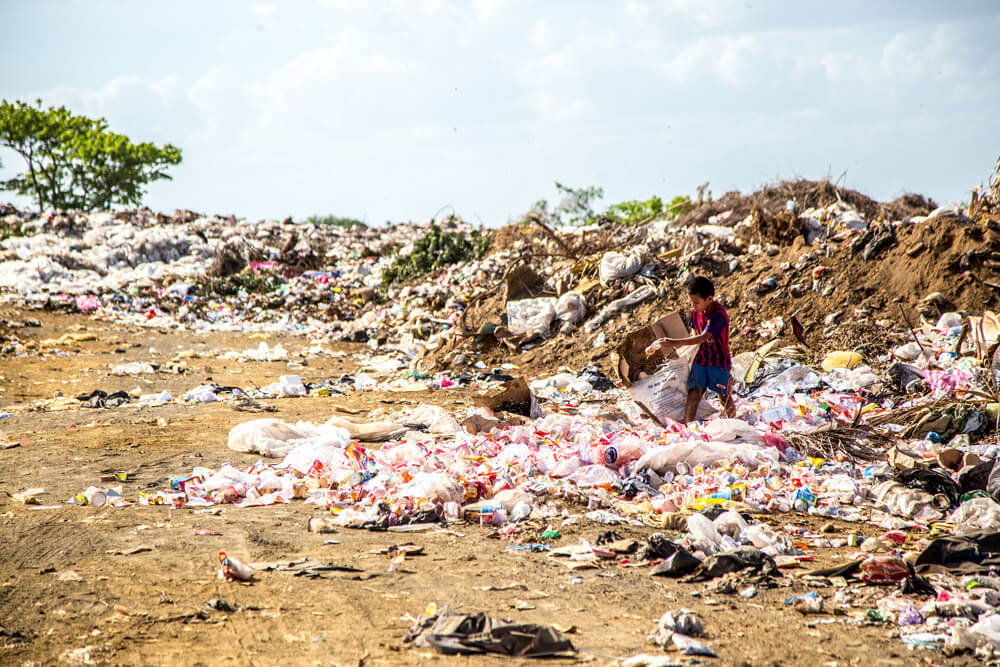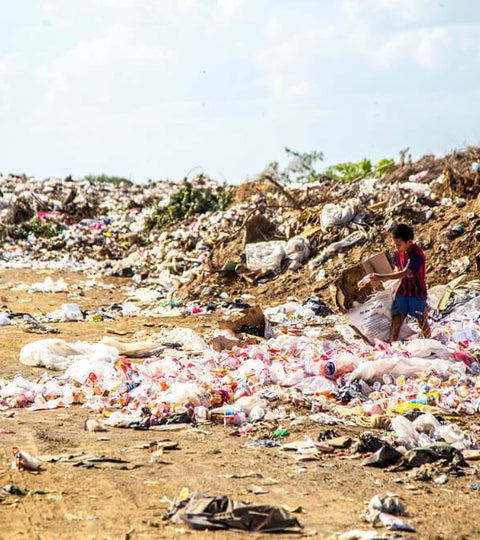Plastic pollution is one of the main environmental problems we’re facing today. The world’s population is rising, as well as the production of plastic. In 12 years, it has increased from 160 to 450 million tons. More than 40% is used just once, then thrown away, while only 9% is recycled.
A lot of this plastic waste ends up in landfills and oceans across the world. To give an idea of the scale of this problem, every second 2 garbage bags full of plastic find their way into our waters. That’s 8 tons of plastic each year.

Plastic is flexible, versatile, lightweight, strong, and inexpensive. However it is a material that degrades extremely slowly, being nearly indestructible. So it’s unnecessary to say that al this plastic ending up in the ocean, is a global catastrophe. At this very moment, more than 5 trillion pieces of plastic are floating in our oceans. It’s killing 100,000 marine mammals and a million seabirds each year.
There are more microplastics in our oceans, than stars in our Milky Way.
It’s not only oceans that are affected by this massive amount of plastic debris, but also rivers, coasts, beaches and lands. Halfway between Asia and North America lies the Midway Atoll. It’s located more than 3000km from mainland, but the remoteness of this place does not spare it from plastic pollution. The nature reserve receives enormous quantities of plastic waste daily, destroying its beaches. Thousands of bird corpses can be found on shore, with piles of plastic waste remaining where their stomachs had been. The birds mistake small pieces of plastic for food and are obviously unable to digest this waste, ultimately leading to their deaths.

More commonly known is the Great Pacific Garbage Patch. It’s a group of smaller patches of plastic waste floating in the middle of the ocean, the largest of its kind. These wastelands are formed by the ocean currents and are growing each day. They form a huge problem for marine life as there’s 180 times more plastic than food on the surface of these garbage patches. According to Greenpeace, at least 267 different animal species have suffered from ingestion and entanglement of plastic debris.

By 2050, the oceans will contain more plastic than fish by weight.
All sea creatures, from microscopic organisms to blue whales, will at one point swallow seawater instilled with toxic chemicals from the decomposition of plastic. People are eating fish that have eaten other fish that have eaten toxic microplastics. In other words, we are eating our own waste. To avoid things getting worse and to try to preserve the oceans as we know them, we urgently need to start using more durable materials instead of plastic.
Swapping your plastic brush for a bamboo one may be an easy decision to make for you, yet it is one with great impact. So let’s spread the word and brush with Wambu.

